A wireless navigation system for individuals with visual impairments who participate in therapeutic horseback riding. It provides information about specific landmarks so that they can navigate around the arena independently.
Rehabilitation Engineering Design Projects
as part of senior design at UNC
On-Task Timer: An Electronic Scheduling Tool for an Employee with Autism
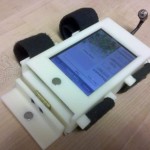
A scheduling tool for people with autism, based on the iPod Touch or iPhone
Wheelchair Accessible Motion Simulator
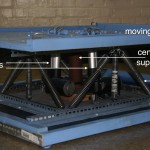
This is a fun device that enables the clients to experience motion. The teacher or aide pushes the wheelchair onto the platform, and using a joystick control, rocks the user in any direction.
Switch Relay
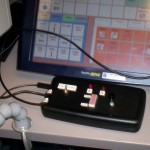
A device that gives clients control over two different switch-activated devices using only one switch
Comfort Reader 2K6
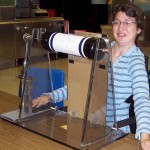
A mechanical reading aid that isolates 1-2 lines of text, and allows the to easily scroll through the page. This increases her reading speed.
Flow-Controlled Sports Bottle
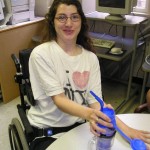
A two-cup system that limits the amount of fluid that the user consumes. This prevents the client, who has traumatic brain injury, from taking in too much fluid at once and choking.
Electronically Actuated Lazy Susan
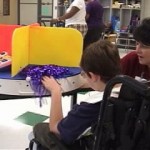
A motorized lazy Susan. When the client presses a switch, it rotates 1/4 or 1/2 turn to present the client with the next item of interest.
Hearing Loss Simulator

A computer program that modifies a sound clip based on a child’s audiogram. This enables the parent or caregiver to “hear” as their child hears, and better understand the extent of the child’s hearing loss.
Tracking Device for People with Visual Impairments
A tracking device to help train the user to track objects through a larger field of view.
C-PAD: Audible item counter for vocational training
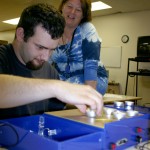
This counter is designed to introduce students to the process of template counting utilized by many vocational sites, as well as increase their personal understanding of numbers. As the user places a “widget” on the template, it provides them with the current count.

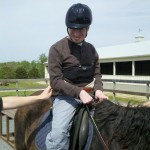
University Operator: (919) 962-2211 | © 2024 The University of North Carolina at Chapel Hill |